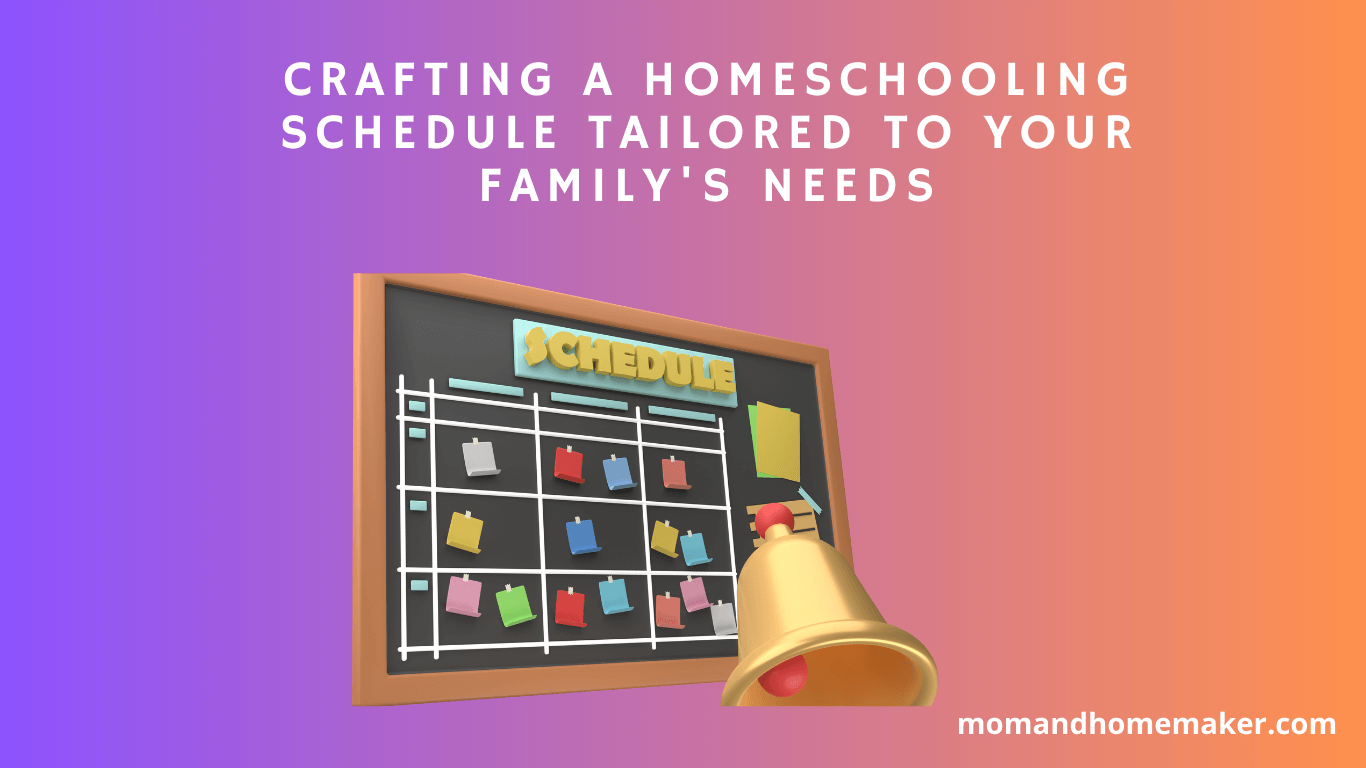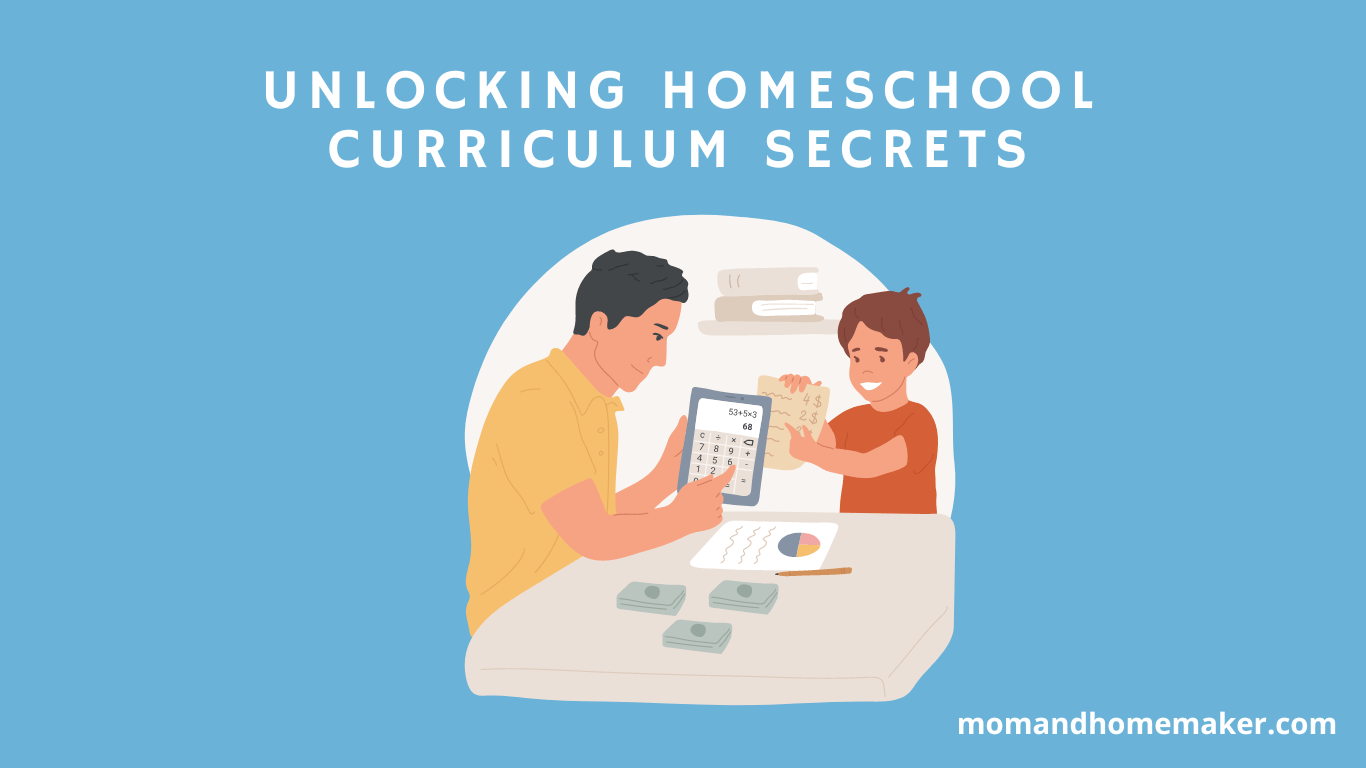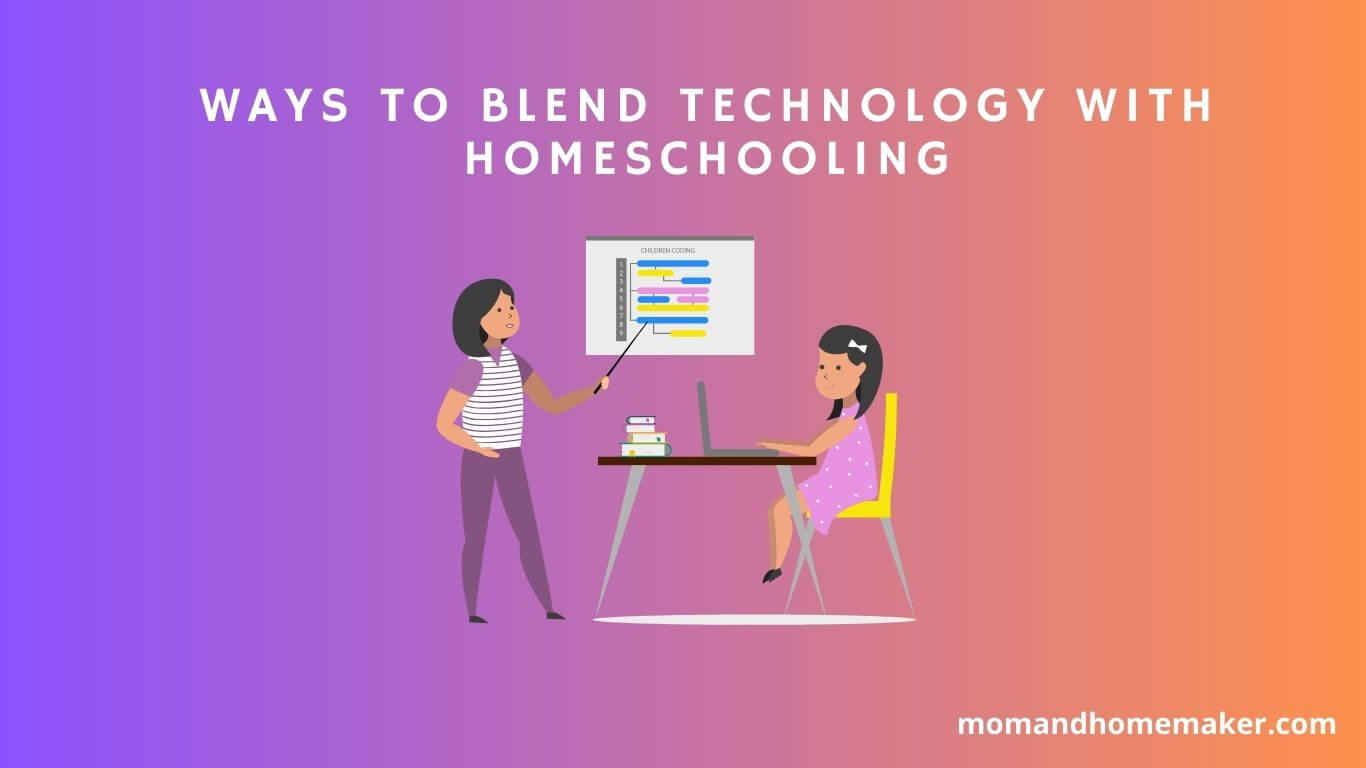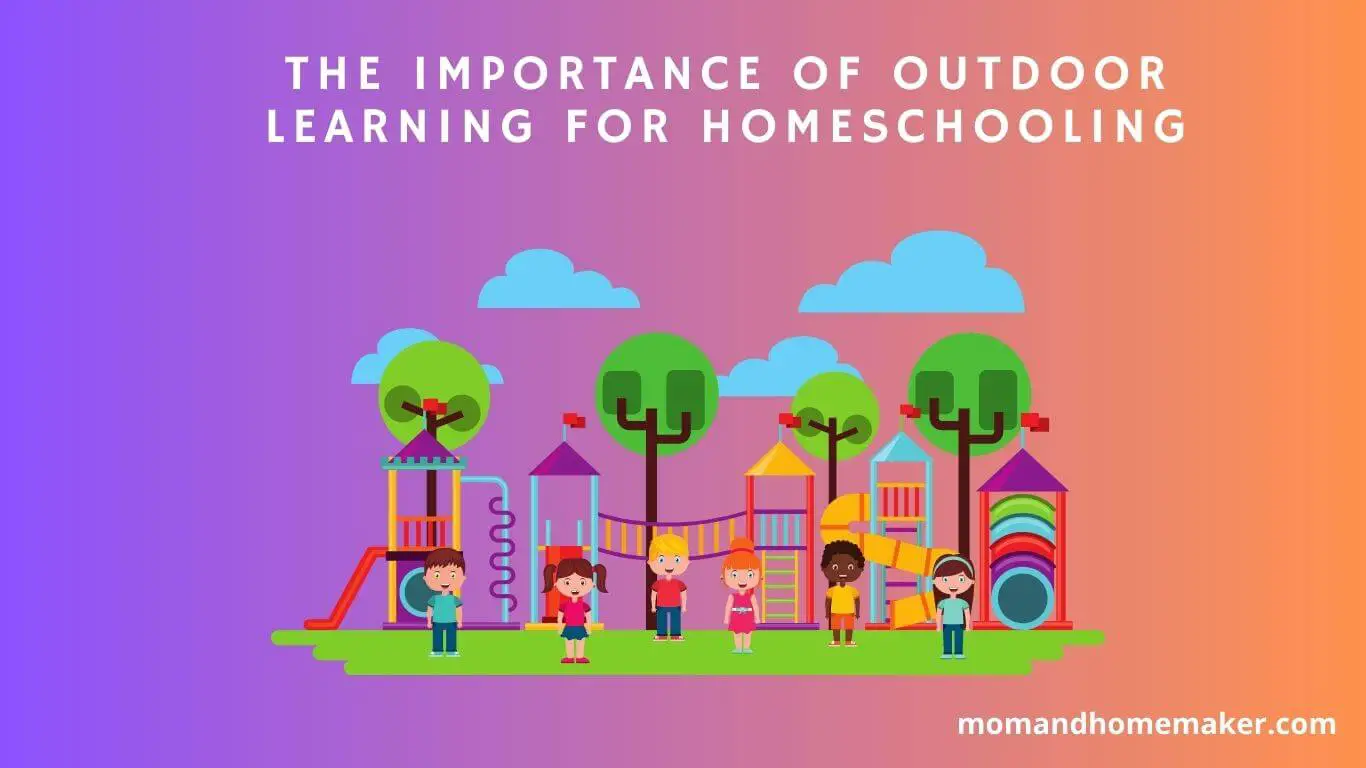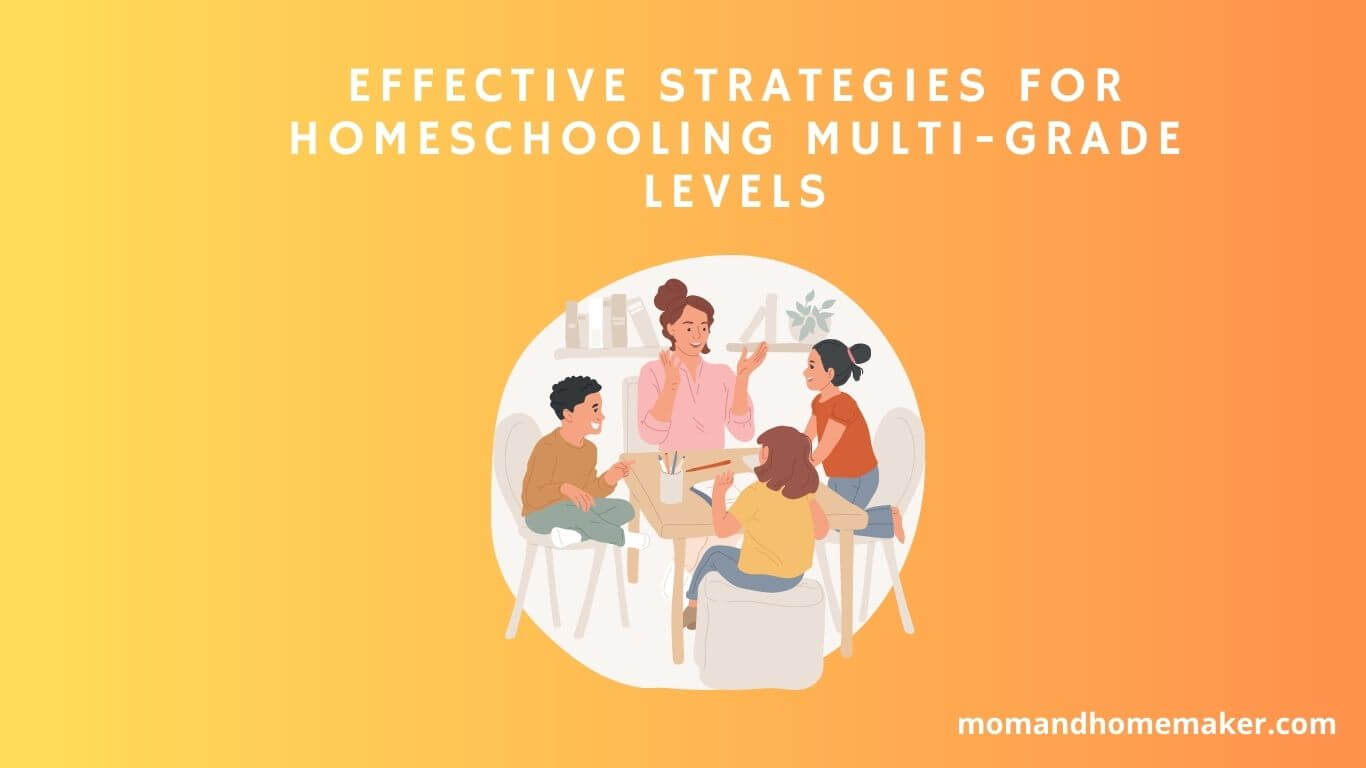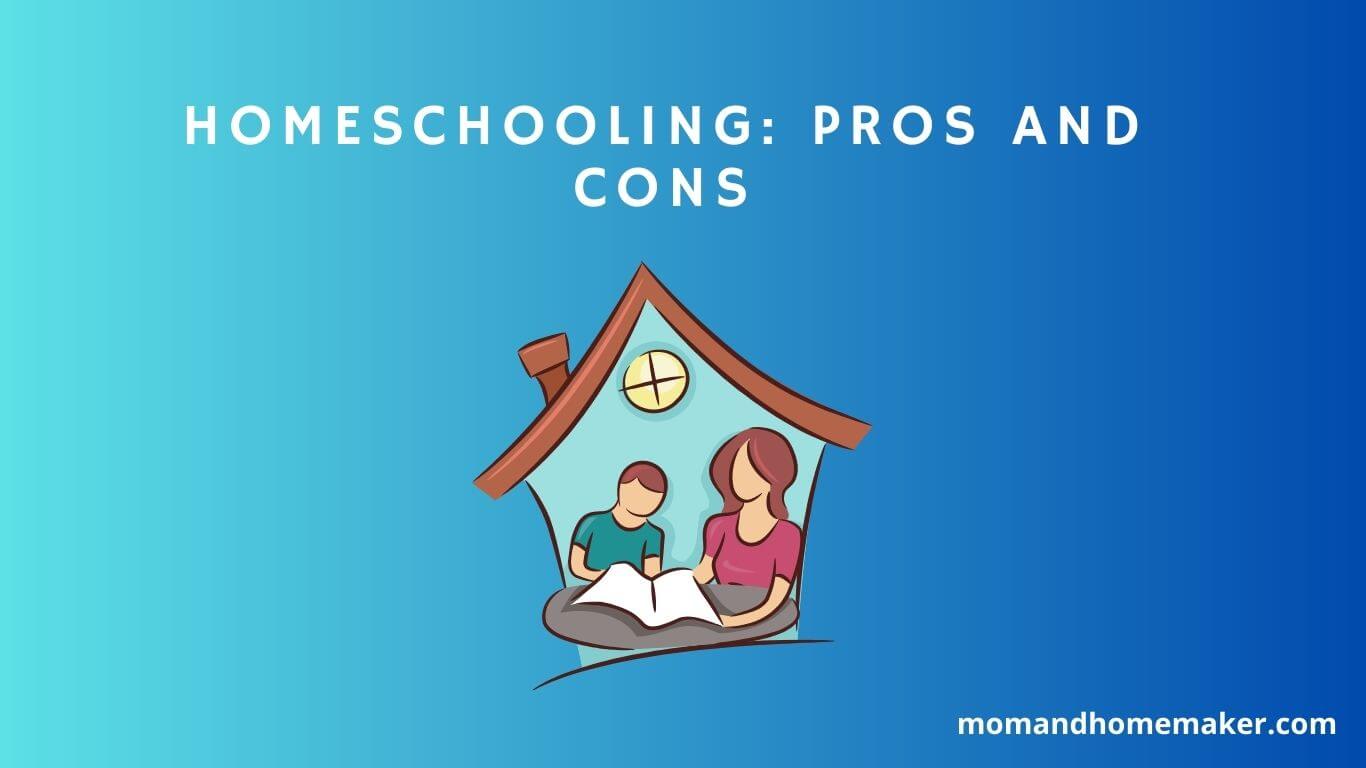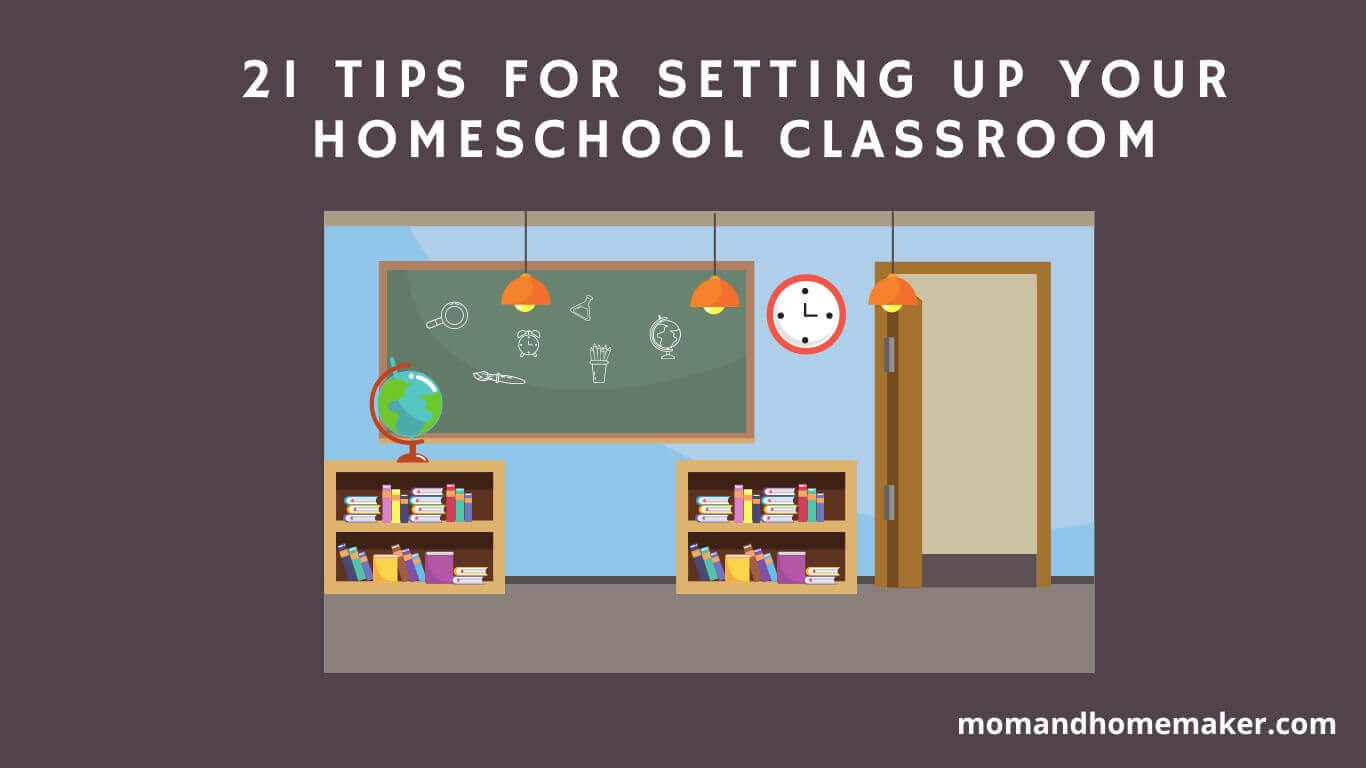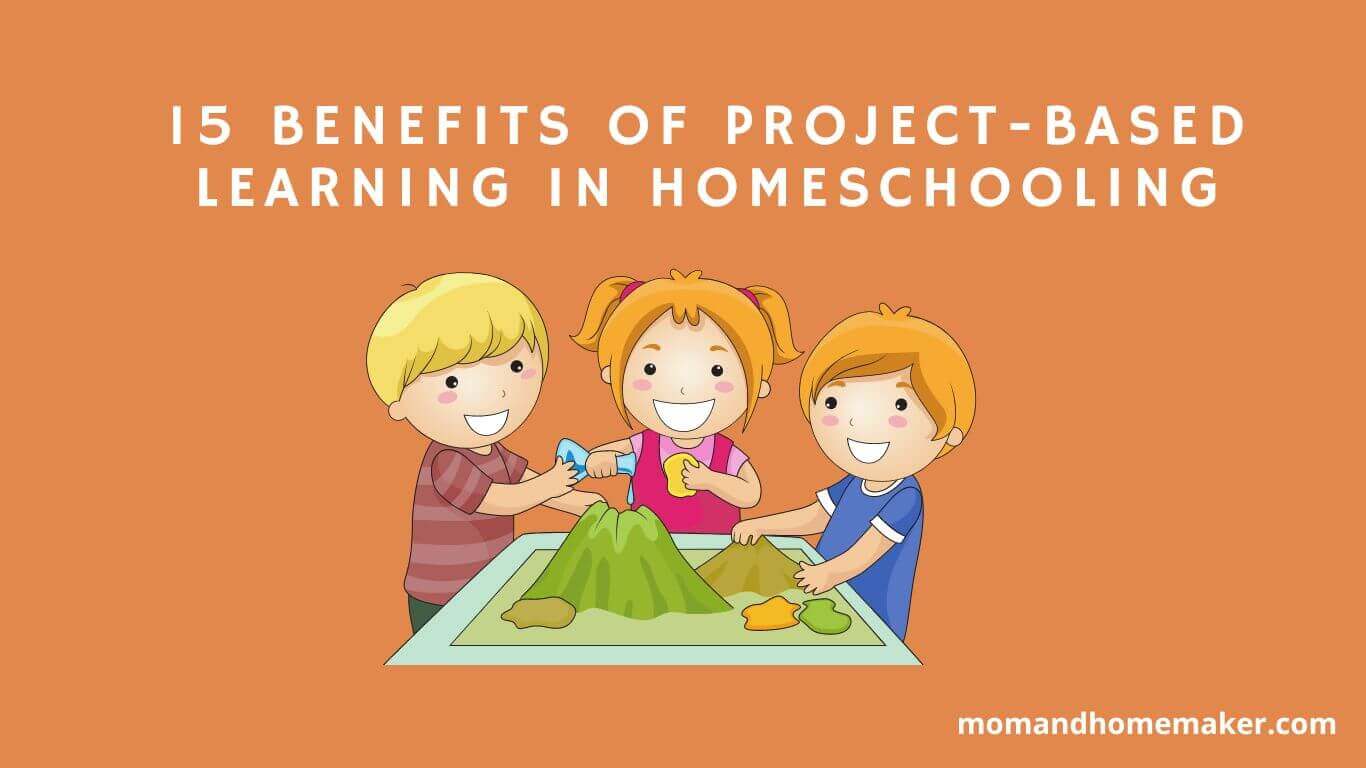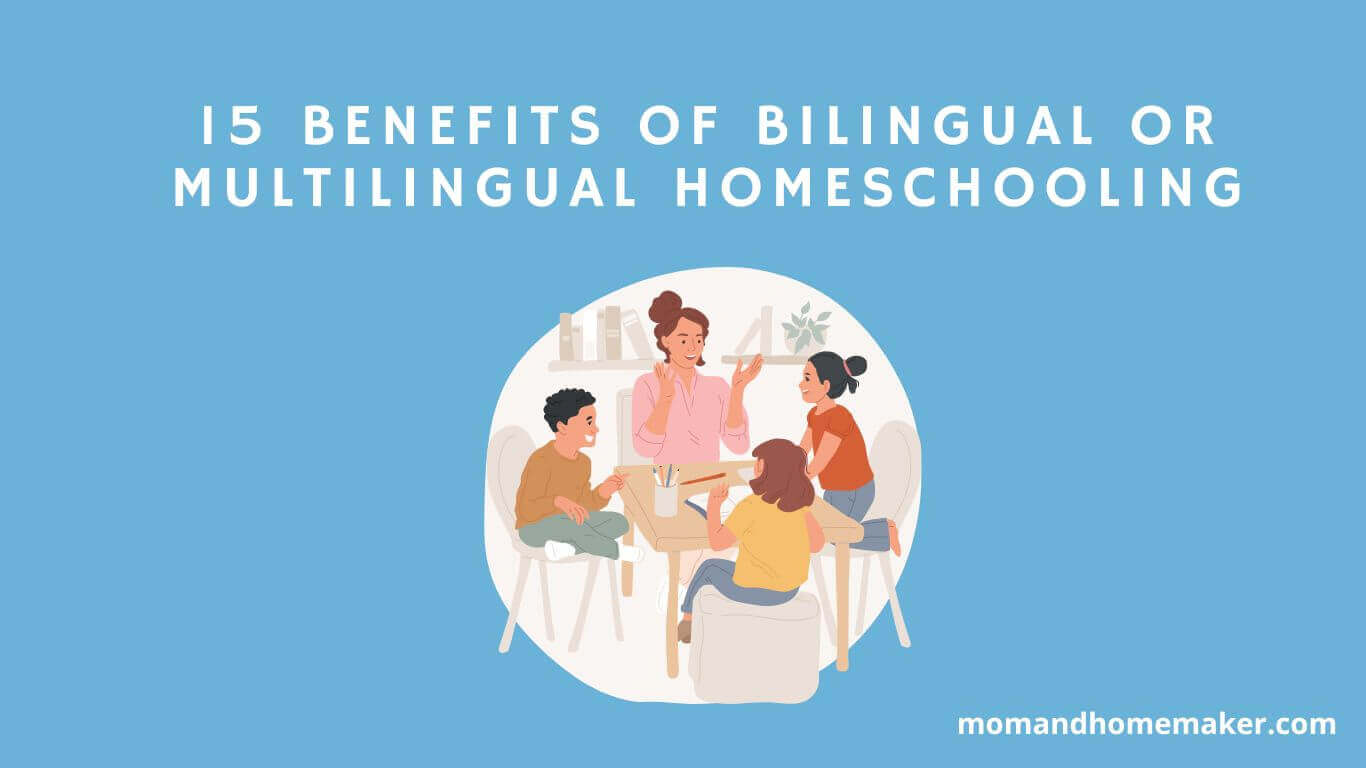Hey there, fellow homeschoolers! Are you looking to save some serious cash while still providing your children with a quality education? Look no further because today, I’m going to share with you 13 ways to homeschool on a budget.
As a homeschooling mom, I understand the importance of finding creative ways to cut costs without sacrificing educational value. Homeschooling can be an incredibly rewarding experience for both parents and children, but it can also be expensive sometimes.
However, with a little planning and resourcefulness, it is possible to create a high-quality homeschool education without breaking the bank. So let’s dive into these 13 tips and start maximizing our homeschool budgets.
13 Ways To Homeschool On A Budget.
1. Determine Your Budget
Many parents are looking for ways to provide their children with quality education without spending a fortune. The good news is that homeschooling can be done on a budget, and I am here to guide you through the process.
The first step in creating a budget for your homeschool is to determine how much money you have available. Take a close look at your finances and determine what you can realistically afford to spend each month on homeschooling materials, curriculum, and supplies. Be sure to factor in any additional expenses such as field trips, extracurricular activities, or tutoring services.
Once you have determined your budget, it is essential to stick to it. One of the biggest mistakes new homeschoolers make is overspending on unnecessary materials or curriculum packages that do not fit their needs or learning styles. Instead of buying everything at once, consider purchasing materials as you need them or finding free resources online.
With these tips in mind, you can create a realistic budget that works for your family and ensures that your children receive an excellent education without breaking the bank. In the next section, we will discuss research-free curriculum options that can help save even more money while providing quality education for your children.
2. Research Free Curriculum Options
Now that you have determined your budget, it’s time to start researching free curriculum options. Many homeschooling families are on a tight budget and may not have the resources to purchase expensive curriculum packages. However, there are plenty of high-quality resources available for free online.
One great place to start is by checking out homeschooling blogs and websites. Many bloggers offer free printables and worksheets that can be used for a variety of subjects.
Additionally, there are several websites that offer complete lesson plans for free, such as Easy Peasy All-in-One Homeschool and Khan Academy.
Another option is to utilize open educational resources (OER). These are high-quality materials that have been created by educators and made available for free public use. The OER Commons website offers a searchable database of free resources for all grade levels and subject areas.
As you search for free curriculum options, it’s important to keep in mind that not all resources are created equal. Be sure to research the quality of the materials before using them with your children. Look for reviews from other homeschoolers and check the credentials of the creators.
While there are many great free resources available online, don’t forget about utilizing public library resources as well.
3. Utilize Public Library Resources
One of the best resources for homeschooling families on a budget is the public library. Library programs offer a variety of activities, such as story times, STEM workshops, and book clubs. These programs are often free or low-cost and provide an opportunity for children to learn in a group setting outside of the home.
In addition to attending library programs, families can also take advantage of online resources offered by their local library. Many libraries offer access to databases, e-books, and educational websites that can be used for research or as part of lesson plans. Some libraries even offer free access to educational apps and software that can be used on personal devices.
By utilizing public library resources, homeschooling families can save money on curriculum materials while still providing their children with quality educational experiences.
In the next section, we will explore how to create your own lesson plans and tailor them to your child’s individual needs and interests.
4. Create Your Own Lesson Plans
As you start to create your own lesson plans, it’s important to consider your child’s personalized learning style. This means taking into account their interests, strengths, and weaknesses. Creating a curriculum that caters to these factors will not only help them learn better but also make the process more enjoyable for both of you.
Another tip is to utilize the free resources available online. Websites like Khan Academy and Crash Course offer a variety of subjects and topics that are easily accessible. You can also find lesson plan templates online to help organize your ideas and keep track of your progress.
Creating your own lesson plans may seem overwhelming at first, but don’t be afraid to get creative! Incorporate hands-on activities, games, and multimedia elements to keep things interesting. Remember, homeschooling allows for flexibility and freedom in how you teach and learn.
By creating a personalized curriculum tailored to your child’s learning style, you’re giving them the best chance for success. As you continue on your homeschooling journey, consider joining a homeschooling co-op. This can provide opportunities for socialization with other homeschooling families as well as shared resources and support.
In the next section, we’ll discuss the benefits of co-ops and how to find one that fits your family’s needs.
5. Join A Homeschooling Co-Op
Now that you have created your own lesson plans, it’s time to think about joining a homeschooling co-op. A co-op is a group of families who come together to share resources and teach their children together. There are many benefits to joining a homeschooling co-op, including socialization opportunities, access to specialized classes, and a support system for both parents and children.
One of the biggest benefits of joining a homeschooling co-op is the opportunity for socialization. Homeschooling can be isolating at times, but being part of a community can help alleviate those feelings. Children can make friends with other homeschooled kids, and parents can connect with other like-minded individuals. Co-ops often organize field trips, park days, and other events where families can come together and bond.
By joining a homeschooling co-op, you can provide your children with socialization opportunities, access to specialized classes, and a supportive community. Take the time to research co-ops in your area and attend conferences to find the best fit for your family’s needs.
6. Attend Homeschooling Conferences
Imagine yourself walking into a large conference hall filled with like-minded individuals who share the same passion for homeschooling as you do. There’s an air of excitement and anticipation, as everyone is eager to learn new things and get inspired. This is what attending a homeschooling conference feels like.
Benefits of attending:
- Networking opportunities: You’ll meet other families who are homeschooling and can exchange ideas, resources, and support.
- Access to expert speakers: Conferences often invite well-known experts in the field to speak on various topics related to homeschooling.
- Curriculum showcase: Vendors set up booths showcasing their products, which gives you the chance to browse through different curriculums and ask questions.
How to find affordable conferences:
- Look for local options: Attending a conference that’s within driving distance can save you money on travel expenses.
- Early bird registration: Many conferences offer a discount if you register early.
- Volunteer: Some conferences offer free or discounted admission in exchange for volunteering your time during the event.
- Share accommodations: If you’re traveling out of town, consider sharing accommodations with another family to split the costs.
Attending homeschooling conferences is an excellent way to gain knowledge and insight into this lifestyle while also connecting with other families.
But after attending these events, it’s easy to get swept up in the excitement and overspend on curriculum materials. In the next section, we’ll discuss how to look for secondhand materials without breaking the bank.
7. Look For Secondhand Materials
When it comes to homeschooling on a budget, one of the best ways is to look for secondhand materials. This can be done by scouring thrift stores and online marketplaces for books, workbooks, and other resources that are gently used but still in good condition.
Thrift store finds can be a goldmine for homeschoolers. You never know what treasures you might find, from classic literature to educational games to art supplies. And the best part? These items are often available at a fraction of the cost you would pay if buying them new.
Online marketplaces like Amazon or eBay also offer a wealth of secondhand resources for homeschoolers. Just make sure to read the product descriptions carefully and check the seller’s ratings before making a purchase. By taking advantage of these resources, you can save money while still providing your children with quality materials for their education.
8. Use Online Resources
Nowadays, online resources have made it easier than ever before to homeschool on a budget. However, before we dive into the best websites to use, let’s take a look at the pros and cons of using online resources for homeschooling.
| Pros | Cons |
|---|---|
| Accessibility to a variety of resources | Quality of resources may be questionable |
| Cost-efficient | Limited social interaction |
| Can be tailored to meet individual student needs | Lack of face-to-face instruction |
| Opportunity to interact with other students online | Possible distractions |
| Can be done from the comfort of home | Limited access to in-person resources |
Now that we’ve covered the pros and cons of using online resources for homeschooling, let’s take a look at some of the best websites available.
- Khan Academy is an excellent resource for math and science lessons, offering free video tutorials and practice exercises.
- For language arts, consider using Easy Peasy All-in-One Homeschool, which provides complete curriculums for all grade levels at no cost.
- And if you’re looking for interactive educational games, check out Funbrain or PBS Kids.
Incorporating online resources into your homeschooling curriculum is an excellent way to save money while still providing your child with quality education. However, it’s important not to rely solely on these resources as they can only offer so much.
9. Incorporate Real-World Learning Opportunities
Field Trips: Taking a field trip doesn’t have to break the bank. Shopping around for group discounts, or even visiting free museum days can be great ways to provide your children with enriching experiences on a budget. Field trips allow children to experience new environments and cultures, which can help broaden their perspectives and develop empathy for others. For example, a trip to a local farm can teach children about agriculture and animal husbandry.
Hands-On Activities: Exploring your local parks and nature trails can be engaging and educational. Incorporating certain elements of nature into craft projects or scavenger hunts is a great way to teach your children in a fun and affordable way.
Craft projects and science experiments are just a couple of examples of the many hands-on activities that can help reinforce concepts learned in the classroom. These types of activities engage children in a way that traditional book learning cannot, providing them with a deeper understanding and appreciation for what they are studying.
One benefit of hands-on activities is that they allow children to see how the concepts they are learning apply to the real world. For example, a science experiment on plant growth can teach children about the importance of sunlight and water for plants, while also giving them an opportunity to observe these concepts in action.
Local Resources: Your local library can be a great resource to access educational materials and take advantage of free programs. They often have resources you can use to plan field trips and activities for your children. Plus, you can check out books for free.
Another option is to seek out local experts who are willing to share their knowledge with your children. This could include inviting a musician to give a music lesson or asking a chef to teach cooking skills. By connecting with professionals in your community, you can provide your children with unique learning experiences that they might not have access to otherwise.
10. Take Advantage Of Free Trials And Samples
Free trials and samples are a great way to save money while homeschooling. There are many companies that offer free trials for their products, such as educational software, online courses, and textbooks. The length of these trials varies, but they typically last between one week and one month.
One of the advantages of free trials is that you can test out a product before committing to it. This allows you to see if the product is a good fit for your child’s learning style and interests. Additionally, you can compare different options without spending any money upfront. However, there are some downsides to free trials as well. Some companies require you to enter your credit card information upfront, which can be risky if you forget to cancel the trial before it ends.
Another way to save money is by taking advantage of samples. Many companies offer free samples of their products, such as workbooks or curriculum guides. You can find these samples by contacting the company directly or searching online. Samples are a great way to get a feel for a product without having to purchase it outright. However, keep in mind that samples are often limited in scope and may not provide a comprehensive view of the entire product.
11. Use Free Educational Apps
If you’re looking to homeschool on a budget, utilizing free educational apps is a great option. With the app selection available today, there are numerous choices for learning activities that can be accessed for free.
From math and science to reading and writing, these apps offer a variety of subjects for all ages. One thing to keep in mind when using educational apps is screen time management. While these apps can be engaging and provide valuable learning opportunities, it’s important to limit the amount of time your child spends on screens each day.
To help with this, set specific times of the day when your child is allowed to use educational apps and make sure they take frequent breaks throughout their screen time. Overall, incorporating free educational apps into your homeschooling curriculum can save you money while providing quality learning experiences for your child.
12. Utilize Free Printables And Worksheets
Finding printables and free worksheets can be a great way to homeschool on a budget. It’s important to know where to look for these resources, and to make sure they’re appropriate for your student’s level.
I’d recommend starting with online resources like Pinterest, Teachers Pay Teachers, and free educational websites. You can also find free printables and worksheets at your local library.
Finding Printables
One great option is finding high-quality printables that are available for free online. Not only can these be a great supplement to your current curriculum, but they can also be used as standalone lessons or activities.
When it comes to finding high-quality printables, there are a few tips to keep in mind. First, do your research and find reputable websites that offer free resources. Also, make sure to read reviews or comments from other users before downloading any materials. This can help you determine if the content is relevant and useful for your child’s learning needs.
Free Worksheets
Free worksheet alternatives are a great way to maximize your free resources while still providing quality education for your child.
There are many different types of free worksheets available online, covering a wide range of subjects and topics. From math and science to language arts and social studies, you’re sure to find something that fits your child’s learning needs.
And just like with printables, it’s important to do your research and find reputable websites that offer high-quality materials.
When using free worksheets in your homeschooling curriculum, make sure to supplement them with other resources such as textbooks and hands-on activities. This will ensure that your child receives a well-rounded education without the need for expensive materials.
13. Prioritize Essential Materials
When homeschooling on a budget, it’s important to distinguish between essential and non-essential materials. Essential materials are those that are absolutely necessary for your child’s learning, such as textbooks or workbooks. Non-essential materials are those that may enhance your child’s learning but aren’t absolutely necessary, such as art supplies or educational games.
To choose between essential and non-essential materials, ask yourself what your child needs to learn the most. If your child struggles with math, for example, then purchasing a quality math textbook is an essential purchase. On the other hand, if your child is already excelling in English and reading comprehension, then purchasing an expensive vocabulary game may not be necessary.
Making the most of limited resources means being creative with what you have. Look for free resources online, such as educational websites or YouTube tutorials.
15. Don’t Be Afraid To Get Creative
Homeschooling on a budget doesn’t have to be boring or restrictive. In fact, it can be an opportunity for you and your family to explore innovative learning methods.
One of the best ways to save money while homeschooling is by taking on DIY projects. Whether it’s creating your own lesson plans, crafting educational games, or building a bookshelf for your growing collection, there are plenty of opportunities to get hands-on and crafty.
Not only will this approach help you stay on budget, but it will also allow you and your children to personalize their education experience.
By taking advantage of these options, not only will you save money but you’ll also add variety and excitement to your homeschool routine. Remember, being on a budget doesn’t mean sacrificing quality education – it just requires a little ingenuity and resourcefulness.
Conclusion
Well, well, well… it looks like we’ve come to the end of our budget-friendly homeschooling journey. With the right resources, planning, and organization, you can become a budget pro in no time. Remember to take advantage of free resources, give yourself grace when it comes to purchasing items, and research ways to get discounts.
Above all else, enjoy the journey with your family. So go ahead and get organized — armed with these tips and strategies, you can confidently homeschool on a budget like a pro!
Until next time, happy homeschooling!


